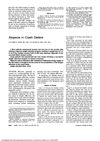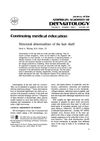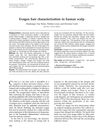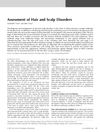A Stain for Plucked Anagen Hairs
August 1979
in “
Journal of The American Academy of Dermatology
”
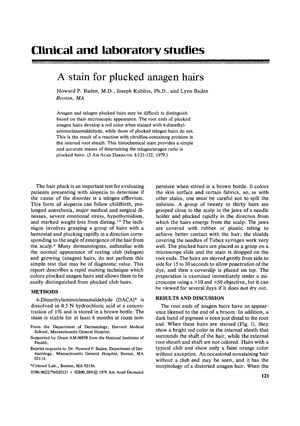
TLDR A new staining method helps tell growing from resting hairs to diagnose hair loss.
In 1979, Howard P. Baden, M.D., Joseph Kubilus, Ph.D., and Lynn Baden developed a staining technique using 4-dimethylaminocinnamaldehyde (DACA) to distinguish between anagen (growing) and telogen (resting) plucked hairs, which is useful for diagnosing hair loss conditions such as telogen effluvium. The technique involves plucking 20-30 hairs and applying the stain to the root ends, which turns anagen hair roots red due to a reaction with citrulline-containing proteins in the internal root sheath, while telogen hairs show only a faint orange color. This method provides a simple and accurate way to determine the telogen/anagen ratio, which is diagnostically valuable when more than 25% of hairs are unstained, indicating a potential telogen effluvium or improper plucking technique. The stain is stable for at least 6 months and can be used for both human and animal hair studies.
